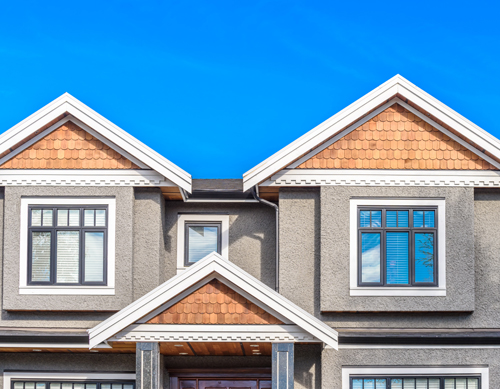
17 Aug What We’re Learning – August 2021
 DOE Supports the Future of Water Heating, New Research on Windows from ENERGY STAR, and the Keys to Electrifying HVAC Systems in Cold Climates
DOE Supports the Future of Water Heating, New Research on Windows from ENERGY STAR, and the Keys to Electrifying HVAC Systems in Cold Climates
At D+R, we’re always learning more about the technology, markets, and policies affecting building energy and electrification. This month, our “What We’re Learning” series highlights new policy developments for energy efficient water heaters, windows, and HVAC systems:
DOE Announces Support for National Program on Advanced Water Heating
In a big step towards cutting carbon emissions and energy use in water heating technology, the U.S. DOE announced support of the Advanced Water Heating Initiative (AWHI). This nationwide initiative is working to promote the installation of heat pump water heaters (HPWHs), which are 2-4 times more efficient than conventional electric resistance water heaters. With over 60 partners across manufacturing, utilities, and the buildings industry, including D+R International, AWHI will serve as a powerful accelerator in the market, supporting local programs and partners with education, engagement, and coordination.
Source: Contractor Magazine
EPA Invites Companies to Do the Math on Proposed ENERGY STAR Requirements
The U.S. EPA recently released its proposed ENERGY STAR Version 7.0 Residential Window, Door, and Skylight Draft 1 Specification. To decide on this proposal, EPA, with support of D+R, conducted original research and analysis of product prices, technology options, energy performance, and cost savings. EPA has published the supporting data and analysis on its website for review by program stakeholders and others in the energy industry. The U.S. EPA has announced a Draft 2 will be released later this year, following a comment period.
Source: Door and Window Market Magazine
How to Electrify a Home in Any Climate
As technologies for electrification become more mature and the need to transition away from fossil fuels becomes grows more urgent, many pause consider the feasibility of this transition in colder climates. Fortunately, HVAC systems can be transitioned to electric in colder climates with some planning and the use of heat pumps. This planning includes ensuring insulation and air sealing are tight to reduce air leakage – often tested with a blower door test. Heat load calculations also help determine how much heating and cooling is needed based on insulation and house size. This article breaks down the feasibility of heat pumps across various climate zones in the U.S., and where hybrid heat pump + gas furnaces may still be needed on the coldest days.
Source: Clean Technica
Want to hear more about what we’re learning? Subscribe for updates below and follow us on social media!

